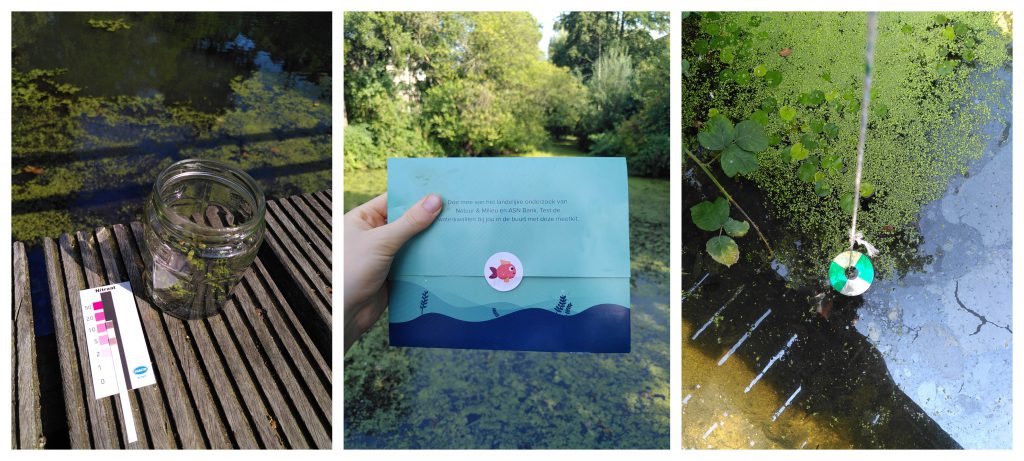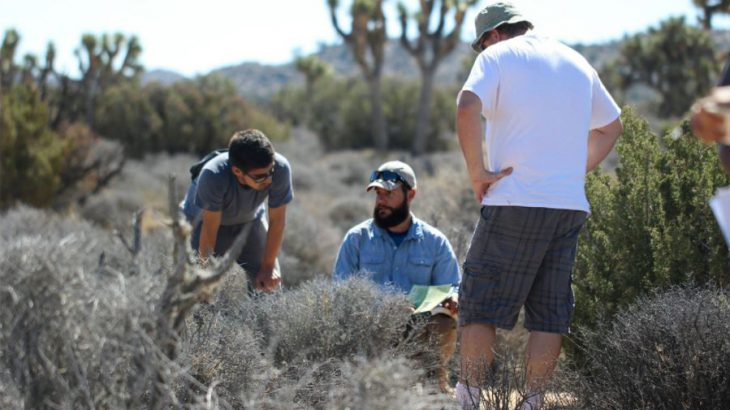Citizen science
Science for everyone by Green Impact.

Taking measurements teaches us the answers, we all know that. But what does the science behind this tell and bring us? We all sometimes have questions regarding the weather, or maybe the plants across the road, in the park or a garden. Have you spotted a hedgehog recently? They have become active again! Just like other animals and insects they wander around and about. Perhaps some of them are still unknown. Or how about the water in the ditches or in the canal? Any interesting water animals or –plants to find? Would you be able to swim there without afterward suffering from disease? Or is there barely water to find or is it covered in plastic waste? The answer to these questions can be found using citizen science: science for everyone. In recent years quite some citizen science projects have passed-by and started. In this blog we, from Green Impact, would want to aim our spectacles on a number of these projects. Not just because it is cool and interesting, but also because it can show the importance of sustainability and protection of our environment. So that not just now, but also in the future the environment can continuously grow, flourish and flow.
Weather

In the media, there are always overviews to find of the current weather and future weather predictions. Yet these can differ from your local circumstances. Therefore, it remains fun and useful to monitor the weather. Citizen science projects related to the weather can offer even so much more.
- GrowApp. Using GrowApp you can basically put the weather on tape. Or actually show how the surroundings change over time periods as seasons or even years. This way, it is possible to animate your environment.
- Smartcitizen. From smartcitizen.me kits can be ordered for measuring weather, noise, light pollution and air quality. The data collected can be compared to other places in the world in an interactive system.
Water

Depending on the water use, the amount of rain or for example the temperature in the Alps, the water level in ditches or canals can fluctuate. Furthermore, different types of animals can be found in the water bodies around us, of which sometimes the cleanliness may raise concerns. The following projects can show you more about that.
- CrowdWater is a citizen science project to collect hydrological data, including the option to track plastic pollution (Plastic Spotter).
- Waterdiertjes.nl helps to collect your counts of “water animals” and shows counts of others (Dutch only).
- Watermonsters.natuurenmilieu.nl that will show the water quality of small water bodies around us (Dutch only).
- Monitoring for experiencing, loving and caring about the rivers in the world can be started from drinkablerivers.org.
World (and beyond)

When you see an animal or plant that you cannot directly identify, it is possible to find support from a citizen science project to find out what it is. Reporting the presence of for example mosquitos or ticks, can help to determine whether these numbers are comparable to areas nearby and elsewhere in the world. Even the stars in the sky can be reported using citizen science projects.
- Observation (waarneming in Dutch) and Natuurkalender are sites where sightings in nature such as of plants, trees, insects and mammals can be reported and identified.
- Mosquito radar (English) and tekenradar.nl (Dutch only) help to report the amount of mosquito and tick nuisance which is very useful especially in the summertime.
- To help keep track of the amounts of birds and butterflies the following projects can be used count birds in the garden (tuinvogeltelling.nl) (Dutch only) and count butterflies (vlindermee) (Dutch only, yearly count in July).
- Try looking for stars in the galaxy when outside on long warm summer nights or from behind the window zooniverse.
Conclusion

Hopefully after reading through this post you found a project you like and would like to get your hands on. When perhaps instead you feel inspired to start a citizen science project yourself please, find assembled useful expert advice in the do’s and don’ts of citizen science. Further support and ideas are also available when you join the Citizen Science Intranetpage. Finally, we also recommend you join the GreenImpact Intranetpage and the Green Impact team in your department or building to stay posted on sustainability at Wageningen University. Students can also join Green impact as a Green Impact project assistants, GIPA.
By Green Impact Team
